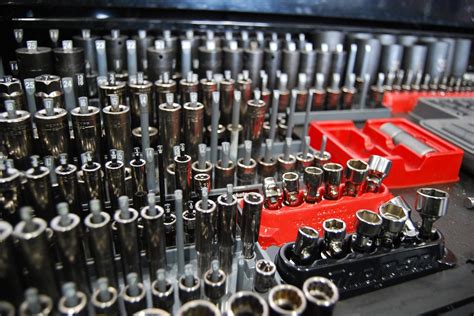As a millwright, you need the right tools for the job. From precision measuring instruments to heavy-duty lifting equipment, having the right tools can make your job easier, safer, and more efficient.

Measuring Tools
- Dial indicator: Measures small distances with high accuracy.
- Vernier caliper: Measures both inside and outside dimensions with precision.
- Micrometer: Measures very small distances with extreme accuracy.
- Level: Ensures that surfaces are level or plumb.
- Tape measure: Measures distances of varying lengths.
Hand Tools
- Wrenches: Adjustable, open-end, box-end, and torque wrenches for tightening and loosening bolts and nuts.
- Screwdrivers: Flathead, Phillips, and hex head screwdrivers for driving and removing screws.
- Pliers: Needle-nose, lineman’s, and slip-joint pliers for holding, cutting, and bending materials.
- Hammers: Ball-peen, sledgehammer, and dead-blow hammer for striking objects.
- Chisels: Cold chisels and hot chisels for cutting and shaping metal.
Power Tools
- Drill: For drilling holes in various materials.
- Grinder: For grinding and smoothing surfaces.
- Saw: Circular saw, reciprocating saw, and band saw for cutting materials.
- Impact wrench: For loosening and tightening bolts and nuts with high torque.
- Air compressor: Provides compressed air for pneumatic tools.
Lifting Tools
- Chain hoist: For lifting heavy loads manually.
- Electric hoist: For lifting heavy loads with electric power.
- Cranes: For lifting and moving large or heavy objects.
- Forklifts: For lifting and transporting materials.
Other Essential Tools
- Safety glasses: Protect eyes from flying debris.
- Hard hat: Protects the head from falling objects.
- Safety shoes: Protect feet from impacts and punctures.
- Work gloves: Protect hands from cuts and abrasions.
- Tool bag: For carrying and organizing tools.
Cost Considerations
The cost of millwright tools can vary significantly depending on factors such as the type, brand, and quality. Here’s an approximate cost range for some essential tools:
| Tool | Cost Range |
|---|---|
| Dial indicator | $100-$500 |
| Vernier caliper | $50-$200 |
| Micrometer | $100-$500 |
| Level | $20-$100 |
| Tape measure | $10-$50 |
| Adjustable wrench | $20-$50 |
| Box-end wrench | $15-$40 |
| Screwdriver set | $20-$100 |
| Pliers set | $20-$100 |
| Hammer | $20-$100 |
| Drill | $100-$500 |
| Grinder | $100-$500 |
| Circular saw | $100-$500 |
| Impact wrench | $200-$1000 |
| Chain hoist | $200-$1000 |
| Electric hoist | $500-$5000 |
| Safety glasses | $20-$50 |
| Hard hat | $50-$100 |
| Safety shoes | $100-$200 |
Questions to Consider When Purchasing Millwright Tools:
- What types of tasks will I be using the tools for?
- What is the required accuracy and precision of the tools?
- What is my budget for tools?
- What brands and manufacturers are reputable and reliable?
Tool Maintenance
To ensure that millwright tools remain in good working condition, proper maintenance is crucial. This includes:
- Cleaning tools after each use.
- Lubricating moving parts regularly.
- Inspecting tools for damage or wear.
- Calibrating measuring tools to maintain accuracy.
- Storing tools in a dry and secure location.
By following proper maintenance practices, millwrights can extend the life of their tools and ensure that they are always ready for use.
Conclusion
Having the right millwright tools is essential for completing maintenance tasks efficiently, safely, and accurately. By investing in quality tools and maintaining them properly, millwrights can ensure that they are well-equipped for any job.
